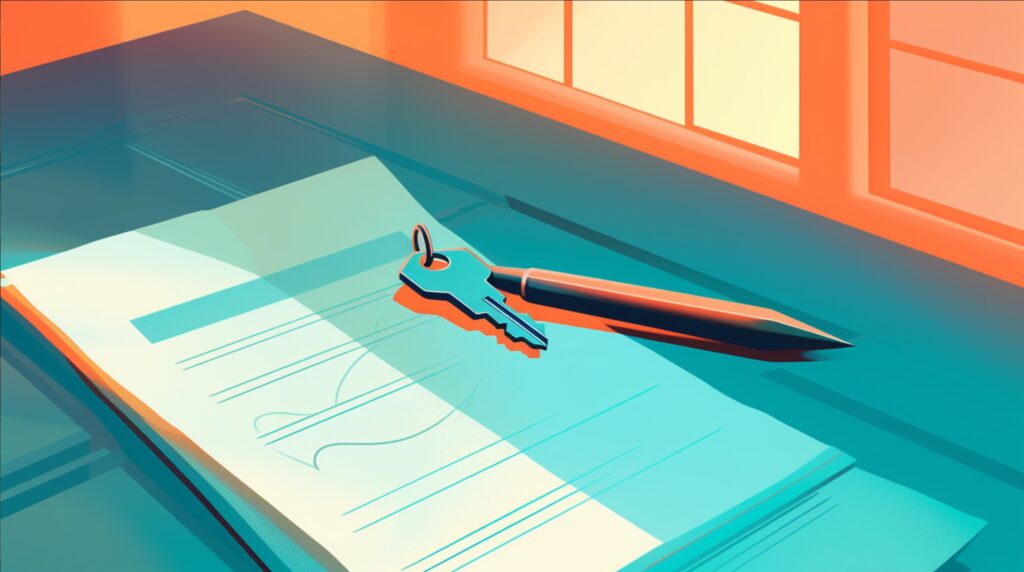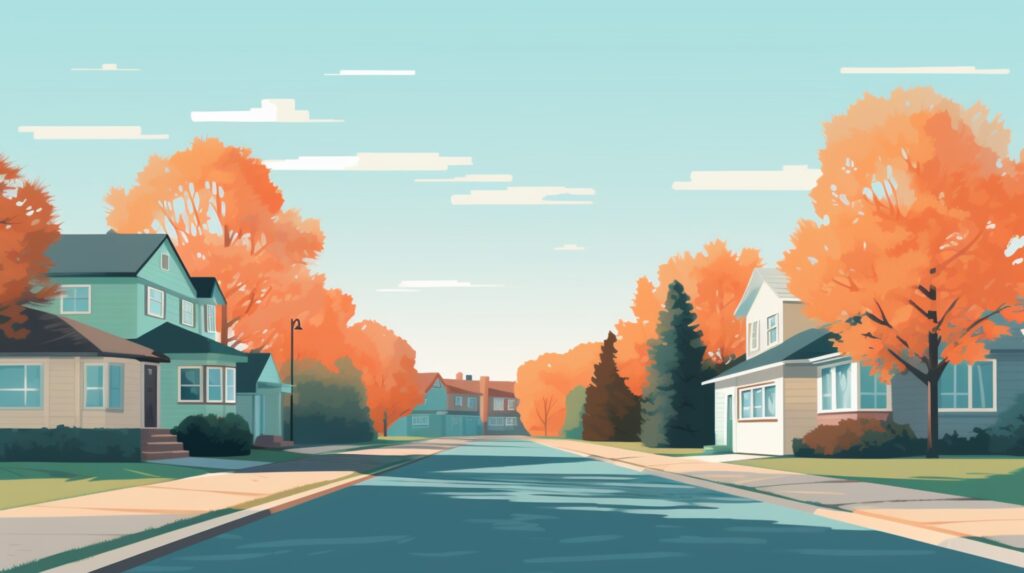
We are reader-supported. When you buy through links on our site, we may earn an affiliate commission.
If you’re moving out or new to renting, you may be wondering, what are utilities for an apartment? It’s very common for people to be a little confused about utilities if they have never had to pay the bills before. Don’t worry, though. Utilities aren’t as complicated as they might sound.
So, what are utilities for an apartment? Basically, they are additional fees that cover the services you need in your apartment, like electricity, water, heating, Internet access and more. Landlords don’t usually include utilities in your rent, although they sometimes do. This guide explains the different utilities and how to estimate your bill.
What Are Utilities for an Apartment?
If you’re moving out or renting an apartment for the first time, you will need to make a budget to make sure you can afford your new home. One thing many people forget to account for is utilities. It’s important to know if your landlords includes utilities in your rent and, if not, what utilities you will have to pay for separately.
There are several main utilities:
- Water
- Electricity
- Trash removal
- Gas (for cooking and heating)
- Air conditioning
- Internet access
- Cable
At some apartments, you also need to pay a fee for parking, which can be considered a utility. Certain utilities, like trash removal and gas, are often included in rent so you don’t have to pay an extra fee for them. However, more expensive utilities like electricity and water are rarely included in the rent. Internet and cable are almost never included (although your apartment should have the proper outlets to connect a cable box or router).
There are also situations where a landlord may have tenants pay a flat fee for one of their utilities. For instance, they might charge an additional $50 per month for water, regardless of how much the tenant uses. This can often be a good deal for tenants since it allows you to use as much of a utility as you need without your bill going up.
How to Estimate Apartment Utilities
Utilities are a crucial part of budgeting for a new apartment. It’s easy to forget about them when you’re checking out a nice apartment, but be careful not to! Utilities can add hundreds of dollars onto your monthly living expenses, so you need to make sure you include them in your budget.
1. Ask About Included Utilities
The first step to estimate apartment utilities is to check the apartment listing or contact the landlord or real estate agent. See what, if any, utilities are included in the rent. If you have a car, make sure you ask about parking fees, as well. This is a great question to ask while you’re touring an apartment, if it’s not stated in the apartment listing.
When you first rent an apartment, the lease should also state what, if any, utilities are included in your rent (or if any come at a flat monthly fee). So, take a good look at your lease before signing it so you know what utilities you are responsible for.
2. Create a Budget Tracker
Next, grab a piece of paper so you can keep track of all the fees in your apartment budget estimate. Label each expense as you write down the amount. Get started with your rent at the top. If any utilities are included in the rent, write those down and put zero for the amount, just so you remember they are accounted for.
3. Research Local Utility Rates
The next step can be the trickiest: getting approximate utility rates for your area. Unfortunately, utility rates aren’t standardized across the country. Some utilities, like Internet or cable, have a set monthly fee, but most are billed based on usage with a per usage unit charge, such as $0.15 per kWh of electricity.
Utility rates vary from one state and city to another. Your utility bill will also vary significantly depending on the size of your apartment, how many people are living there and how much you use different services. Plus, certain utilities will be more expensive in the summer or winter, such as AC and heating. Some, like electricity, can even change throughout the day due to local demand.
Electricity and Water
For example, in a typical studio apartment, you can easily have an electricity bill that’s under $50 per month throughout the year. In the summer, though, it can go up about $10 to $20 per month if you’re running a window AC unit or two. Air conditioners are typically the biggest cause in variation for an electric bill. Otherwise, they are generally fairly low.
Water is another utility that can vary drastically based on use. Luckily, water bills are a bit easier to estimate than electricity bills since the rates from one place to another are more consistent. The U.S. EPA also has a helpful guide that breaks down typical water consumption and how it impacts your water bill.
Toilets and showers account for the bulk of an apartment water bill. A typical per gallon billing rate can be as low as a dollar or two. If you’re not sure how much water you use, $50 per month is a good rough estimate for a typical studio or one-bedroom apartment water bill.
Other Utilities
Trash removal and gas are usually very low, particularly for a small starter apartment. Landlords also commonly include these utilities in your rent. If they are not included, though, account about $20 for gas and about $10 for trash removal.
If you have friends or family renting in your area, consider asking if they feel comfortable sharing their typical utility expenses. They may be able to give you a more precise estimate of how much you can expect to pay each month.
4. Add Everything Up in Your Budget Tracker
Once you have rough estimates for each individual utility, add everything up to get your monthly estimate. Don’t forget parking and renter’s insurance! Most landlords require renter’s insurance, but luckily it’s usually very affordable. You can insure a typical starter apartment for as little as $10 per month.
If you have a pet, you should also include any pet rent fees in your total. While this isn’t technically a utility, it is an extra fee you need to remember to pay each month if your landlord charges for pets.
Now, add your utility total to your rent. That number is the real monthly cost you can expect to pay for your apartment. Of course, the utilities can fluctuate a bit throughout the year and your prices for them are approximations. So, this is more of a rough price range. However, it will give you a much more accurate estimate of how much it will cost for you to live in a particular apartment.
Remember Utilities in Your Apartment Budget
So, what are utilities for an apartment? They are essentially service fees for things like electricity, water, gas, Internet and more that you pay in addition to your rent. They’re an important part of estimating your cost of living and making sure you can actually afford a certain apartment.
Make sure to ask the landlord or real estate agent if they include any utilities in the rent when you tour an apartment. With some research and careful calculations, you can get an estimate of how much your future apartment’s utilities will cost.










